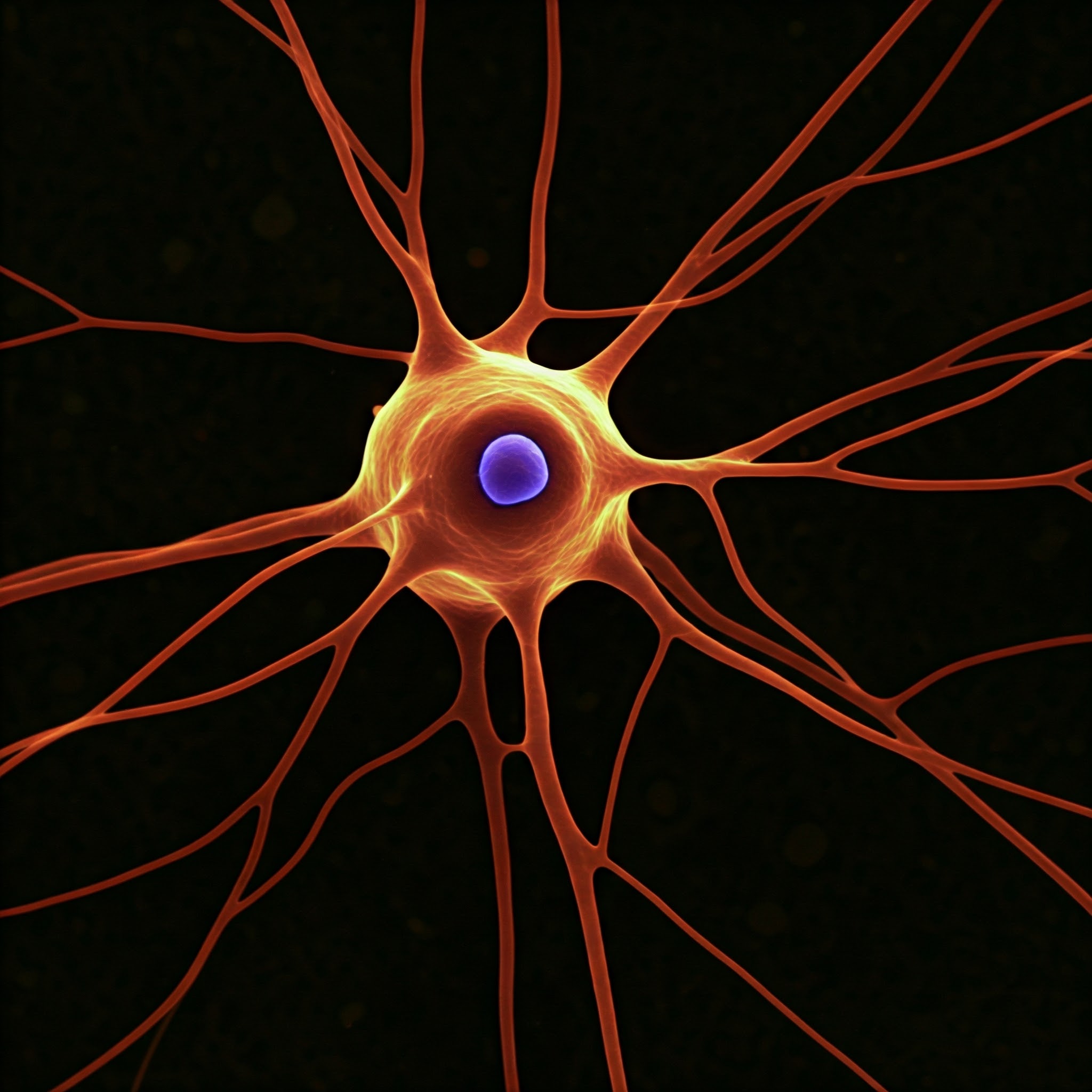A collision occurs. Someone has a concussion or other brain injury. Another “crew” of responders is working within the brain to remove debris and repair damaged tissue just as the first responders arrive to assist the patient.
The immune cells of the central nervous system are known as microglia. Because they remove poisons from the brain and central nervous system, microglia are essential for preserving neuronal function. However, if they are overactive, they may harm neurons instead, and in certain instances, they have been shown to accelerate the development of neurodegenerative illnesses like Parkinson’s and Alzheimer’s.
There are known sex-related changes in the function of microglia during development. However, it was believed that their behavior varied less as they grew older. According to recent research from the University of Rochester’s Del Monte Institute for Neuroscience, microglia function may differ between sexes more than previously believed. This finding highlights the need for gender-specific research and may have wide-ranging effects on how conditions like Parkinson’s and Alzheimer’s are treated and investigated. Though the exact cause is unknown, it is already known that more males are diagnosed with Parkinson’s disease and more women with Alzheimer’s.
It is a fortuitous finding that has repercussions for what people are doing in the field, but also helps us understand microglia biology in a way that people may not have been expecting,
This research has a lot of ramifications for microglia biology and as a result all these diseases where microglia are important in a sex-specific manner.
Ania Majewska
Their findings were published in the journal Cell Reports.
An enzyme inhibitor called pexidartinib, also known as PLX3397, is frequently used to eliminate microglia in a laboratory setting in order to better understand the function, health, and pathology of these cells. Tenosynovial giant cells tumors (TGCT), a rare disorder that causes benign tumors to grow quickly in the joints, is another ailment that PLX3397 is used to treat.
When PLX3397 continued to cause problems in male vs female studies, researchers at the Majewska Lab decided to try a different strategy with the inhibitor. They chose to better understand how male versus female microglia were reacting to the medication rather than using it to address other questions.
While a graduate student in the Majewska Lab, first author Linh Le, PhD (‘24), presently a Research Scientist at SetPoint Medical Corp, discovered that male mice’s microglia responded as expected to PLX3397 it blocked the receptor that signals microglial survival and depleted the microglia. Le et al., however, were taken aback to discover that female microglia reacted by using a distinct signaling approach, which led to greater microglial survival and reduced depletion.
Also Read: Researchers discovered a new code supporting the gene activity
These findings are crucial in the rapidly emerging field of developing disease-modifying therapies that target microglia,
We do not yet know why the microglia are acting differently in the two sexes. I think we’d like to understand how the signaling through this receptor is regulated in different conditions, such as hormonal changes, basal state, inflammatory, or an anti-inflammatory state.
Ania Majewska
Source: University of Rochester – News
Journal Reference: Linh H.D. Le, Sophia Eliseeva, Elizabeth Plunk, Kallam Kara-Pabani, Herman Li, Felix Yarovinsky, Ania K. Majewska. The microglial response to inhibition of Colony-stimulating-factor-1 receptor by PLX3397 differs by sex in adult mice. Cell Reports, 2025; 115176 DOI: 10.1016/j.celrep.2024.115176.
Last Modified:







